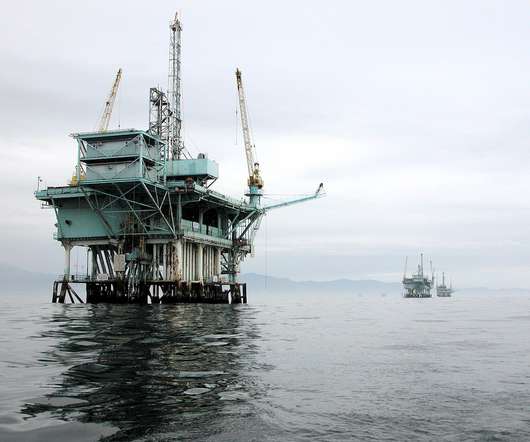Delays and Disagreements: The IPCC’s Struggle to Stay on Course
Union of Concerned Scientists
MARCH 6, 2025
The main objectives included: Approving and adopting outlines for the three major working group reports and an additional methodology report on carbon dioxide removal (CDR). The Goals of the Hangzhou Plenary The agenda for this Plenary was packed with essential tasks shaping the next IPCC reports in this cycle.













Let's personalize your content